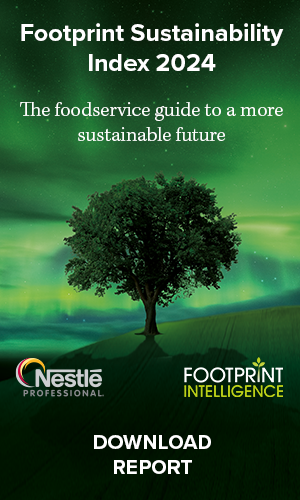Derived from the African Oil Palm, palm oil, in its pure, reddish, un-hydrogenated form, is highly nutritious full of vitamins, fatty acids, antioxidants, phytonutrients and 15 times more vitamin A carotene than carrots and has been a staple in tropical Africa and SE Asia for centuries.
In the 19th century the British recognised its lubricative value and it became widely used to – literally – grease the cogs of the Industrial Revolution, as well as for soap manufacture, becoming the core ingredient for Unilevers Sunlight and the Palmolive brand.
While extensively used by the cosmetics industry, it was as a cheap ingredient in processed food that it really took the biscuit. To this end it is hydrogenated into saturated trans fats, where the oil is heated to 500 plus degrees and a catalyst – typically a metal like nickel, aluminium or platinum – is added, altering the molecular structure and stabilizing the fat, to the detriment of virtually all of the original nutritional value.
The (financial) advantage of hydrogenation is that, bereft of any enzymic activity and essentially ‘dead’, the altered fat acts as a preservative, prolonging the lifespan of the food to which its added, and as a result is widely used as a bulk oil in snack foods, chocolate, fast foods and biscuits.
As the demand for processed, long-life food has grown, so has the demand for palm oil; currently the largest contributor to worldwide oils and fats and accounting for 48 million tonnes annually, or 30% of the total output.
In 2008, Malaysia, the largest exporter, produced 17.7 million tonnes of palm oil, Indonesia 8.7 million tonnes and, exacerbated by the additional demand for the oil as a biofuel an entire article in itself – vast plantations are laying waste to the already dwindling rainforests of Sumatra, Papua New Guinea and Borneo, and rapidly expanding in countries like Columbia and Kenya.
Health issues aside – hydrogenated trans fats are an infamous and well- researched cause of heart disease the environmental impact of our insatiable demand for the stuff is astonishing. UNEP estimates that within 15 years 98% of the rainforests of Indonesia and Malaysia will be history and with them an unimaginable wealth of wildlife species; not only stars like the Borneo orangutan, Asian elephant and the Sumatran tiger, but myriad, less headline-worthy species. In Borneo hunters are paid £8 to kill orangutan, labeled pests who eat the palm fruit, on production of a severed hand or head as proof!
And just when you thought it couldnt, it gets much worse; an estimated 50% of cleared land was done so by burning drained peat land, generating massive amounts of carbon dioxide. The un-burnt peat land itself dries and releases CO2 – 600m tonnes a year in Indonesia alone. Palm oil monoculture cannot support existing, incredibly rich biodiversity and people reliant on the crop are left vulnerable to market changes. And in a further twist of irony, the EUs intention to cut greenhouse gas emissions by demanding that
10% of vehicles use biofuel by 2020.











